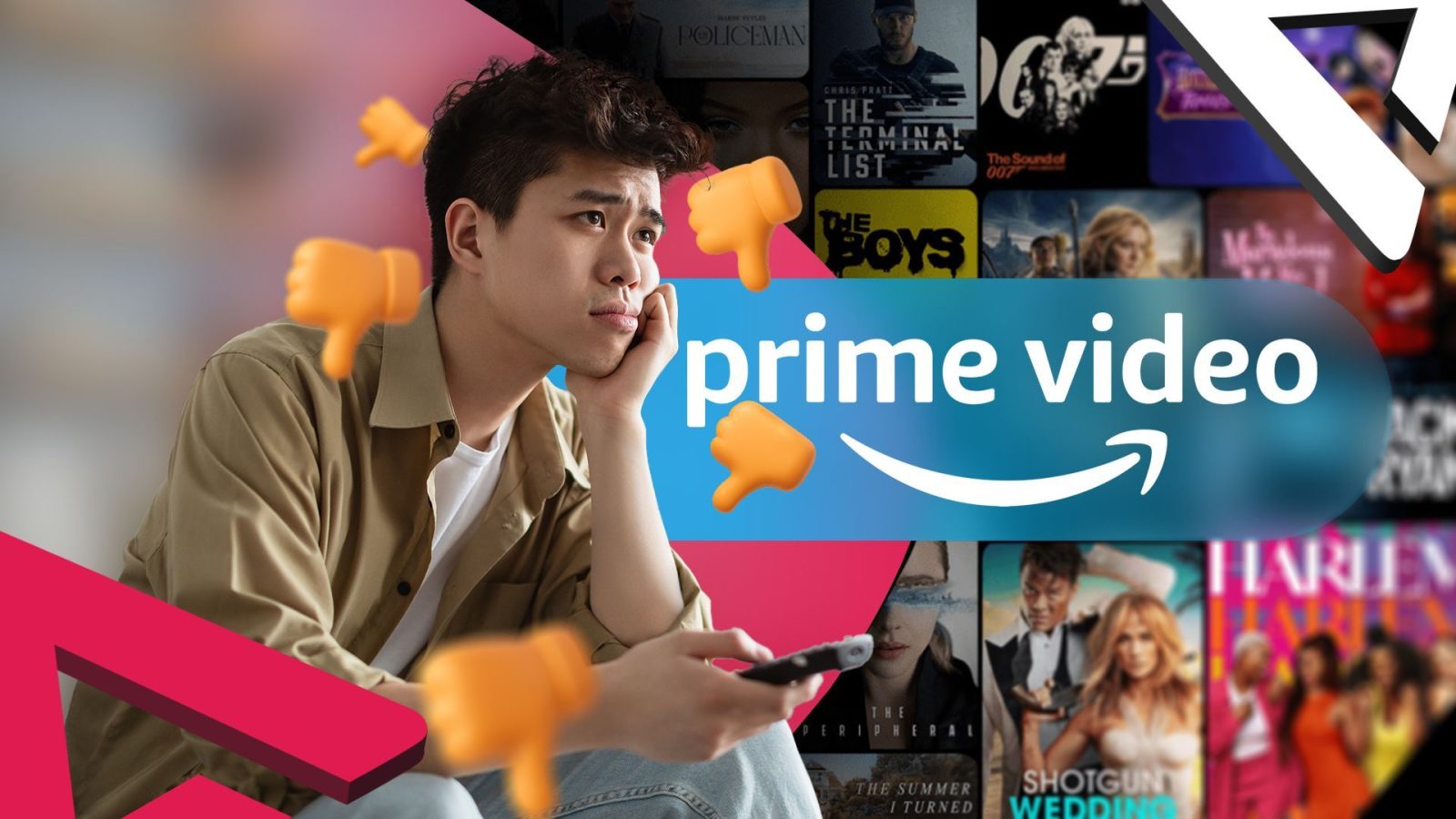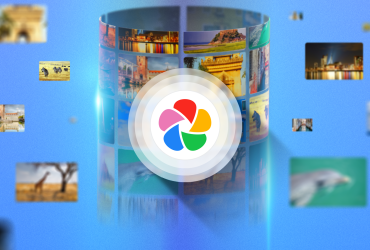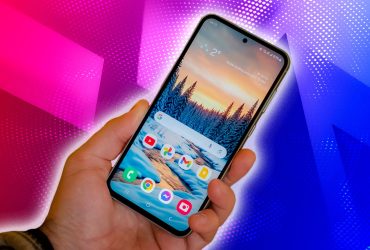How Amazon’s Streaming Strategy Is Ruining Prime Video

Contents
Once a serious contender in the streaming wars, Prime Video is starting to feel less like a rival to Netflix and more like an extension of Amazon’s storefront. While the platform still offers compelling content, its user experience has increasingly become a casualty of the company’s broader ecosystem-first strategy. With aggressive advertising, cluttered interfaces, and a growing push to upsell, Prime Video today feels like a service that serves Amazon more than it serves the viewer.

Related
From Prime member perk to marketing machine
Prime Video is a confusing mashup of free shows and paid rentals

When Amazon launched Prime Video, the company positioned it as a bonus for Prime members. Over time, the service carved out its identity with award-winning shows like The Marvelous Mrs. Maisel, The Boys, and Jack Ryan. For a while, it seemed like Amazon was committed to building a high-quality, standalone streaming service.
Fast forward to 2025, and that quality appears diluted. Instead of being a streamlined service with compelling shows, Prime Video is now a confusing mix of paid rentals and third-party channel promotions that leave users questioning what they’re entitled to watch.
Prime Video’s cluttered interface is designed to upsell
Its bait-and-switch approach is annoying
The Prime Video interface is one of the most glaring signs of Amazon’s ecosystem-first approach. Unlike Netflix or even the evolving UI of Apple TV+, Prime Video’s homepage is busy, chaotic, and misleading. Prime-eligible content, paid rentals, and third-party subscriptions are thrown together, often without clear labeling.
If you are searching for a show, you see the title in the search results, click on it, and then discover that you must rent it. Or worse, you may need to subscribe to another service through Amazon Channels. This bait-and-switch approach is frustrating and feels manipulative. Amazon has designed the interface less for discovery and more for pushing users deeper into its sales funnel.
The Prime Video UI homepage prominently features tabs for Store, Channels, and Rent or Buy, making it feel less like a curated streaming platform and more like an Amazon shopping page. In that sense, Prime Video is no longer a standalone streaming platform. It is an interactive storefront that happens to include TV shows and movies.
The rise of ads and the fall of trust
Prime Video is prioritizing commerce over content

Source: Amazon
In 2024, Amazon rolled out ads on Prime Video for all subscribers unless they paid an extra monthly fee to remove them. This shift was especially jarring for users who had long considered ad-free streaming to be baked into their Prime membership.
While other platforms like Netflix and Disney+ introduced ad tiers, Amazon’s move felt different. Amazon had slowly trained its user base to see Prime Video as a perk, then began pulling the rug out by introducing monetization layers. Loyal users now face confusing subscription tiers, hidden costs, and an experience that no longer feels premium.
Prime membership once offered remarkable value with free shipping, music, cloud storage, and streaming. The decision to charge extra for ad-free Prime Video content feels like a crack in that bundle, and many users are beginning to reevaluate whether Prime is still worth it.

Related
Amazon should do better and regain the user’s trust
The commerce platform must fix a few things
Despite its shortcomings, Prime Video still has a lot going for it. Its content library is deep, its originals continue to earn critical acclaim, and its global reach is unparalleled. However, the company’s insistence on turning every digital touchpoint into a sales funnel undermines the strengths that once made Prime Video appealing. What could have been a standout streaming service is instead becoming an ad-heavy, commerce-driven platform.
If Amazon wants Prime Video to be more than a glorified upsell engine, it must change course. It should start by cleaning up the UI to separate Prime-included content from rentals and third-party channels. The company should also be transparent about ads. Prime Video should focus on originality and not its sales tactics. It should improve its algorithms to prioritize content users find interesting rather than promoting partner content for profit. Amazon can rebuild trust and maintain its competitiveness in Prime Video by prioritizing users instead of viewing them as data points.
Amazon has made Prime Video worse for everyone
Amazon’s relentless drive to convert every pixel into a product page has turned what was once a fan favorite into a frustrating labyrinth of ads and upsells. The introduction of unskippable ads for paying subscribers, increased emphasis on rentals and purchases, and a cluttered, unintuitive interface reflect a platform more interested in maximizing revenue than viewer satisfaction. Instead of improving the content discovery or viewing experience, Amazon seems intent on squeezing more out of an already paying user base. The result is a service that feels less premium with every update. Prime Video risks losing relevance in a competitive streaming market unless Amazon course-corrects and puts the user experience back at the center.
What’s your reaction?
Love0
Sad0
Happy0
Sleepy0
Angry0
Dead0
Wink0










Leave a Reply
View Comments